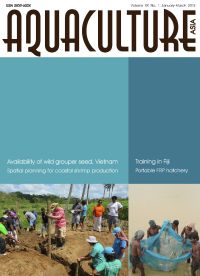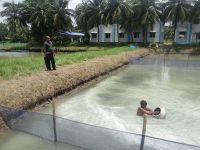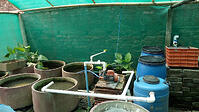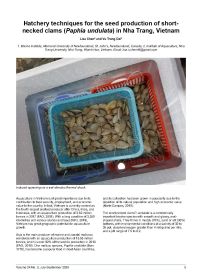Aquaculture Asia Magazine, July-September 2020
9 July 2020 | 13140 views | .pdf | 13.95 MB | Environment and Sustainability, Freshwater finfish, Hatchery and nursery, India, Livelihoods, gender and social issues, Molluscs (shellfish and other), Vietnam
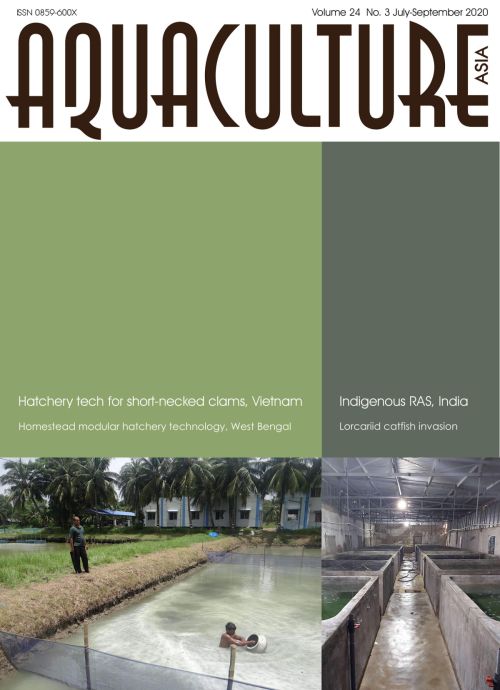
In this issue:
- Hatchery techniques for the seed production of short-necked clams (Paphia undulata) in Nha Trang, Vietnam
Lisa Chen and Vu Trong Dai - Lovesome chum of the aquarium are wreaking havoc in East Kolkata Wetlands, India
Ajmal Hussan, J.K. Sundaray, Ratna Ghosal and Suman Mallick - Concept of indigenous recirculatory aquaculture system executed in West Bengal, India and other places
Subrato Ghosh and Biplab Mandal - Homestead modular hatchery technology of brackishwater catfish, Mystus gulio: A potential alternate livelihood option for small and marginal farmers of Sunderban
Prem Kumar, T.K. Ghoshal, Sanjoy Das and M. Chandda - NACA Newsletter
Creative Commons Attribution.
